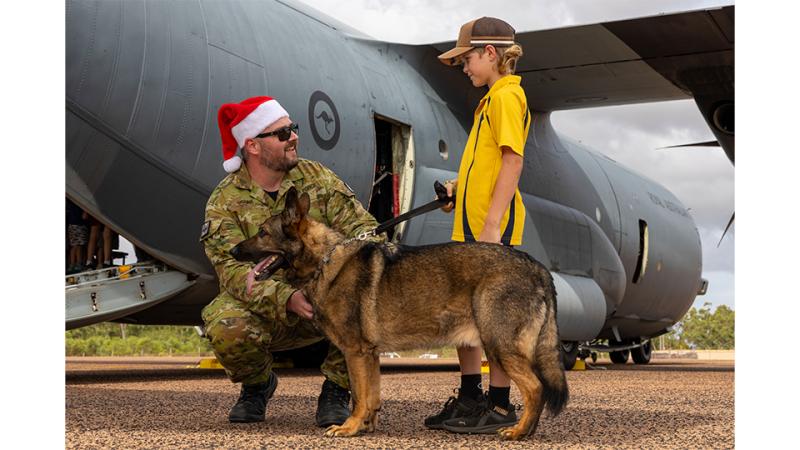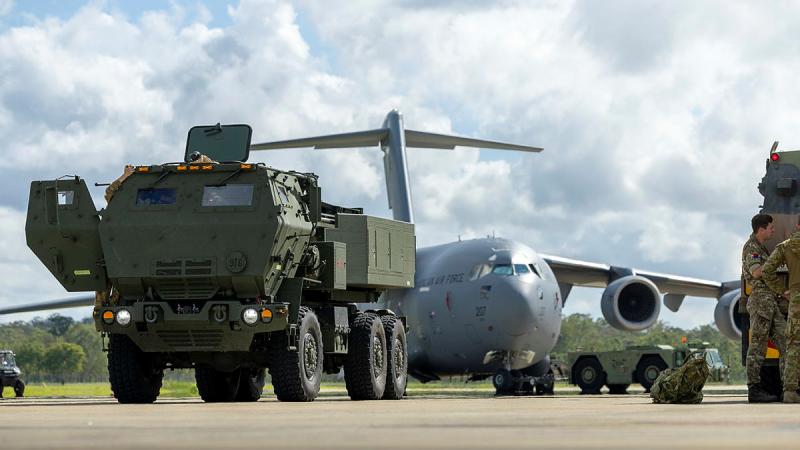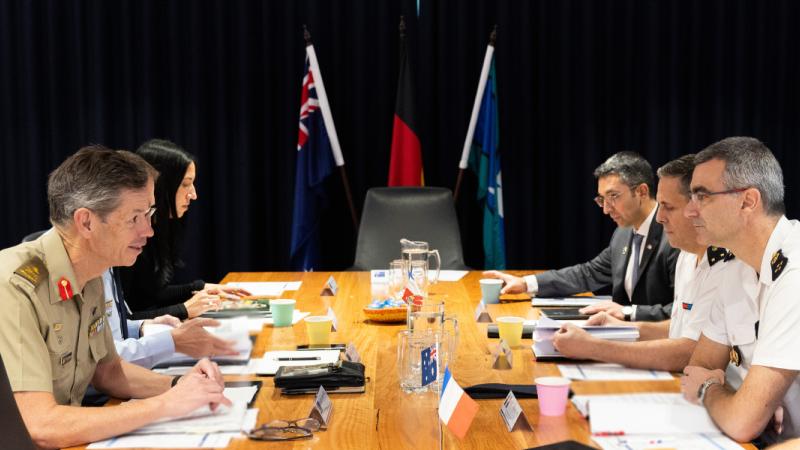30 September 2025
A team at the Surveillance and Control Training Unit (SACTU) has built a low-cost solution to a long-standing equipment shortfall, allowing them to run Australian Military Airspace Control Communications System (AMACCS) radio training without relying on external support.
The challenge emerged when the AMACCS course was expanded in 2024 to include 44 Wing technicians, resulting in an amendment to the course that required the use of a specific type of radio. Previously, the course had been taught solely to 41 Wing technicians.
To support the updated course, three additional AMACCS radio breakout boxes were needed. This meant that SACTU had to rely on other operational units to loan this equipment to them. Unfortunately, due to high-priority operational requirements, there were times when these units had to request their equipment be returned, affecting the training schedule and practical components of the SACTU course.
Corporal Wayne Matthews, a member of the SACTU Technical Training team, outlined the impact this had on the students’ learning.
“When the operational units required any one type of their breakout boxes back for a period of time to perform their own maintenance, we would lose practise time for the students on that particular workstation. This would greatly impact the students’ learning and exposure to maintaining and fault-finding the AMACCS radios,” Corporal Matthews said.
“Losing access to a breakout box can be a show-stopper for us in the middle of a course.”
'It felt great to be able to carry out a simple and low-cost plan to achieve our desired outcome.'
Rather than continue relying on borrowed equipment, Corporal Matthews and his colleagues Sergeant Dean Chapman and Corporal Leon Campbell saw an opportunity to initiate an in-house solution to this challenge and reached out to their local Edgy Air Force Lab.
Edgy Air Force is a ground-up innovation initiative that serves to uplift, upskill and challenge Air Force members to use their creativity to design and rapidly prototype solutions to problems.
In the Edgy Lab, the team completed data collection on existing radios and breakout boxes. Using a multimeter, they traced the paths and created a wiring diagram for each box to accurately reflect the design. They then used the tools and resources available at the Williamtown Edgy Lab to fabricate three new breakout boxes.
“It felt great to be able to carry out a simple and low-cost plan to achieve our desired outcome. Moreover, it was fantastic to get ‘back on the tools’ and build these breakout boxes over in the Edgy Lab,” Corporal Matthews said.
These new breakout boxes enable SACTU Technical Training to conduct AMACCS radio training independently, without relying on external unit support.
“It’s a relief to not be having to borrow these boxes every time we run the AMACCS course. Our chain of command was very supportive, as they could see the value of our proposal to locally manufacture these boxes and readily approved it,” Corporal Matthews said.
“It’s great to see the support we received. Command encourages us to continuously improve, and do it in a way that saved money – we felt good being able to do both.”


